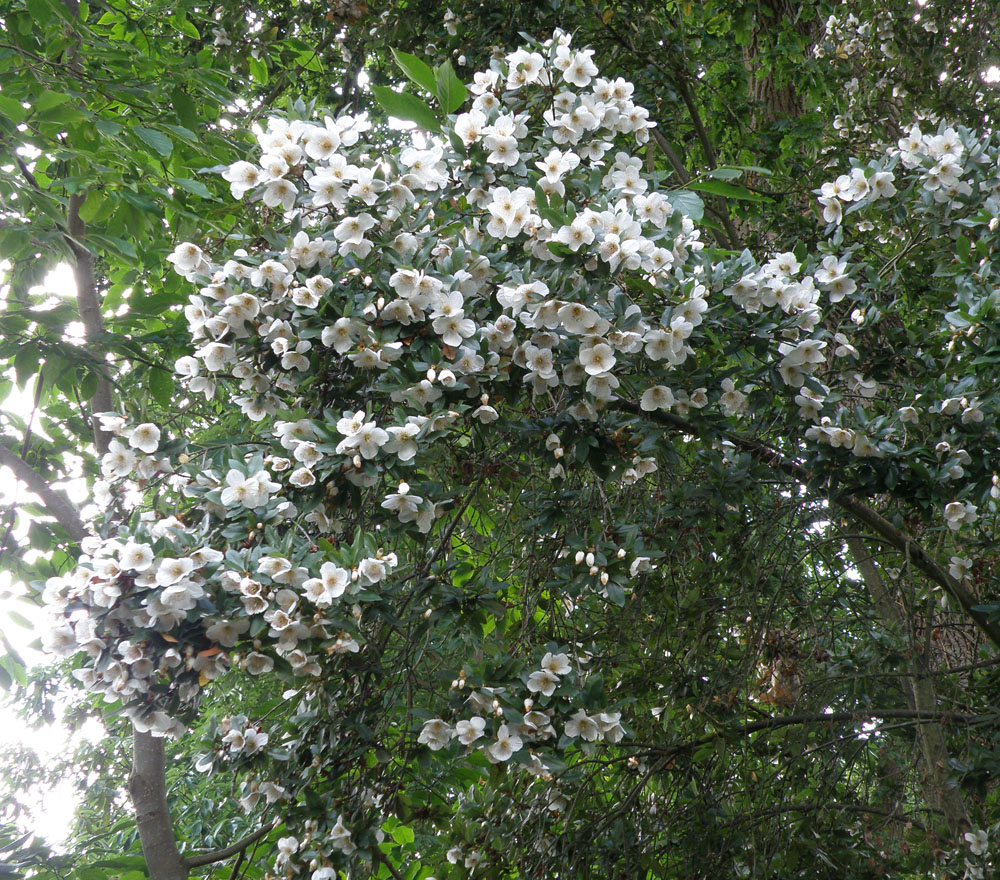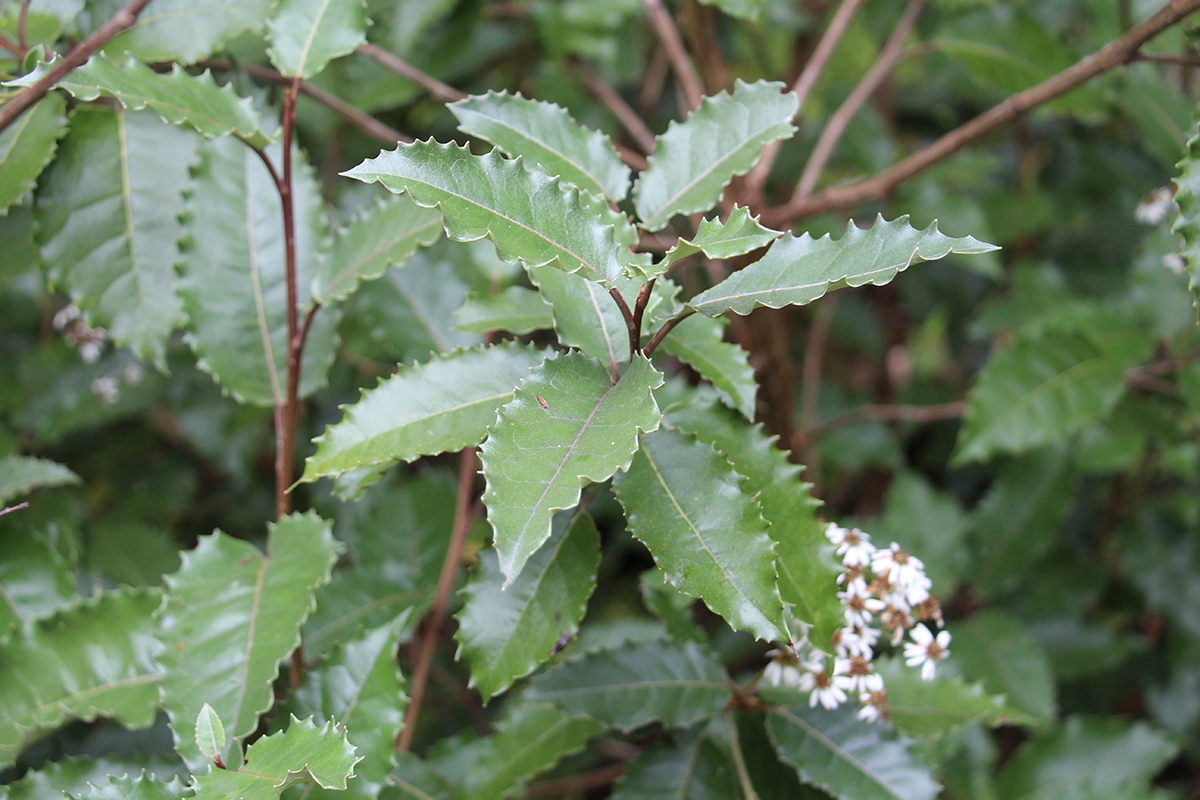-
Hydrangea aspera

The rough leaved Hydrangea is one of the less commonly grown examples of this important genus in our gardens, but makes an excellent addition to the garden. The large velvety leaves provide an attractive display all summer covering this medium sized bush. And come June and July this is topped with dark lilac “lacecap” flowers.…
-
The Concise British Flora in Colour by W. Keble Martin
William Keble Martin was an amateur botanist in the must noble tradition of amateurs. That is to say he was not employed as one but was every bit as skilled and dedicated as any “professional” botanists. He was formally trained as a botanist but instead of following this path chose to be ordained and spent…
-
Eucryphia × nymansensis ‘Nymansay’

This may not be a very popular plant; I fear the name may put off some, but it should be far better known. Not only is it an evergreen with attractive foliage all year round but every late summer it disappears under a mass of white flowers. Though not spectacular individually they are borne in…
-
Autumn Tidy Up
With the arrival of dark mornings thoughts turn to tidying the garden up for winter. The first frosts will soon finish off the annuals and tender perennials, while the hardy perennials die back for the winter and the deciduous trees and shrubs will take on their autumn colours before dropping their leaves. Any tiding up…
-
Species
The species is the basic unit that we divide living things into and originally species were seen as clearly distinct from one another. What puzzled scientist was how species appeared in the first place? The answer was species evolved from other species as a result of a battle for survival; as carefully argued in Charles…
-
Cutting back – the call to arms
Pruning is cutting back for the plants benefit while cutting back is pruning for the gardeners benefit so certain rules apply to both. First remove dead and diseased material, second remove crossing branches and finally shape the plant. Any dead or diseased parts of the plant are going to be no benefit to you or…
-
Genus
This is a collection of very similar species and forms the first part of a plant’s scientific name. For example Alchemilla in Alchemilla Mollis and as such it is very important in the naming of plants. Ideally it would be best to have a clear definition as to what constitutes a genus and the International…
-
Cutting back – the plan
Before reaching for the pruning tools you need a clear idea of what you are hoping to achieve and in the context of this post it is a healthy plant which fits both physically and aesthetically into its location in the garden. It must not overwhelm the area around it or in the end look…
-
Clearing out
Now we’ve given the garden a really good looking at it is time to get our hands dirt. Having studied the garden you may well have come to the conclusion some plants are just too big, in the wrong place or you just don’t like them. To start with the last first, because it’s the…





